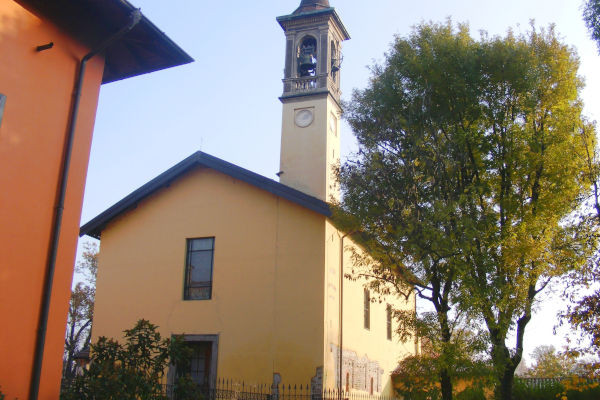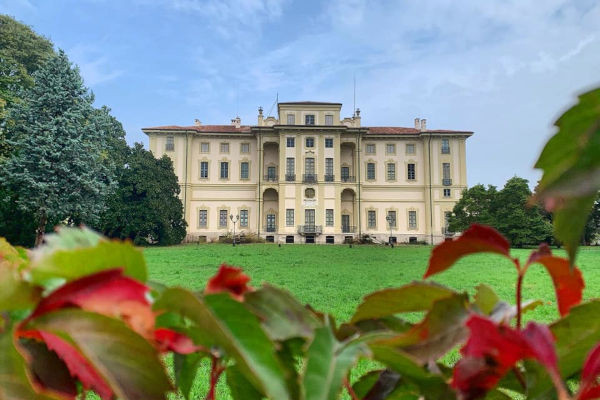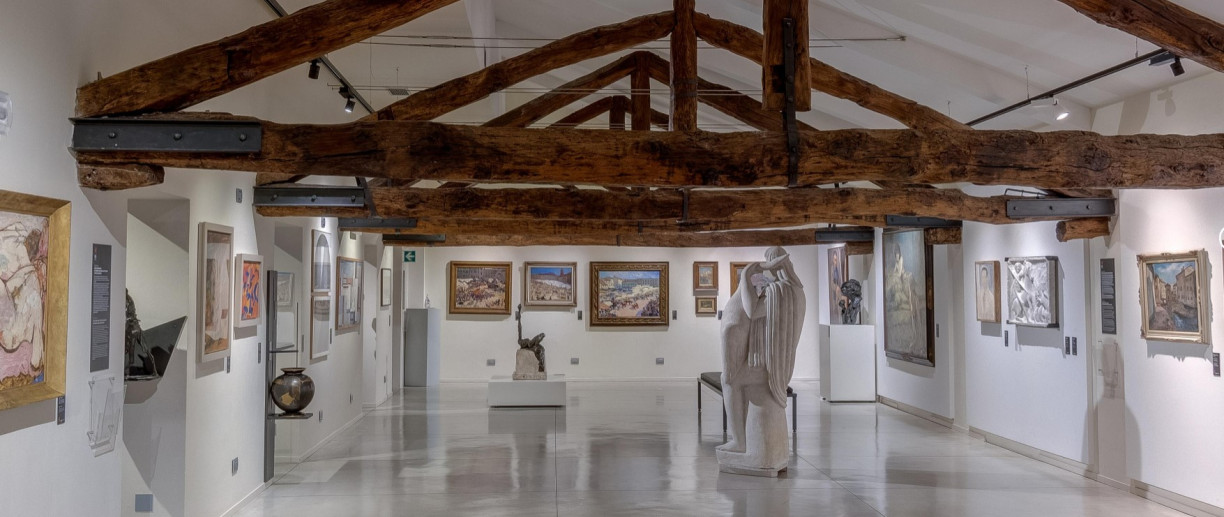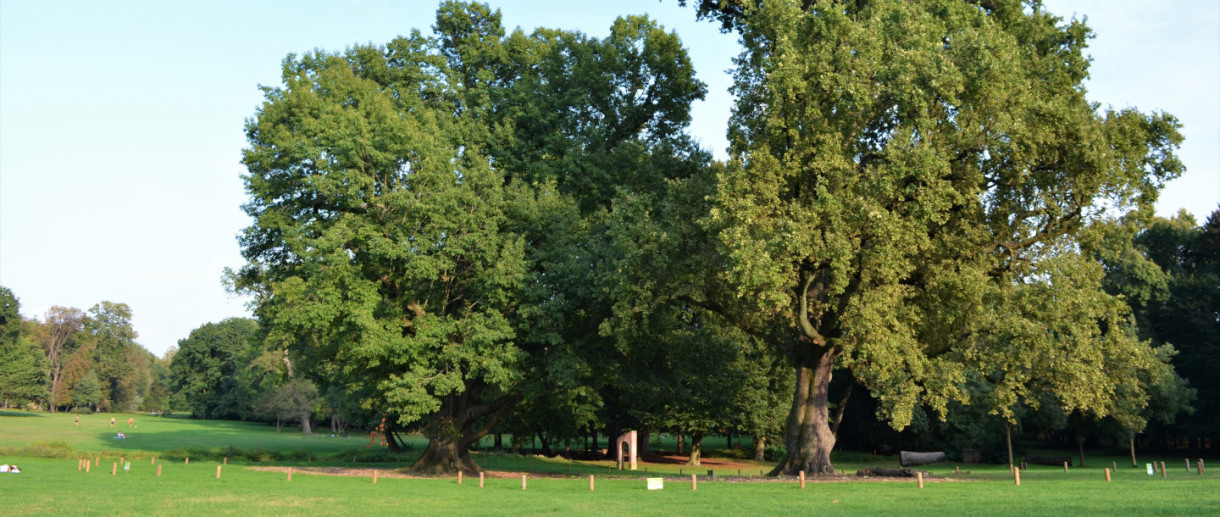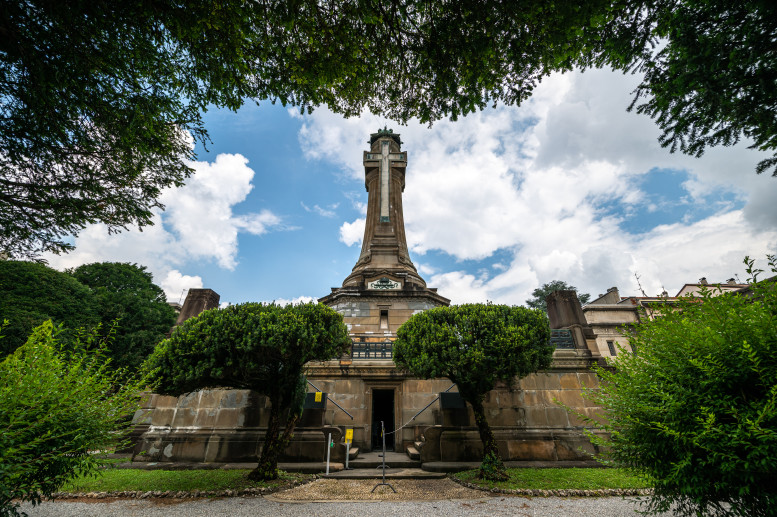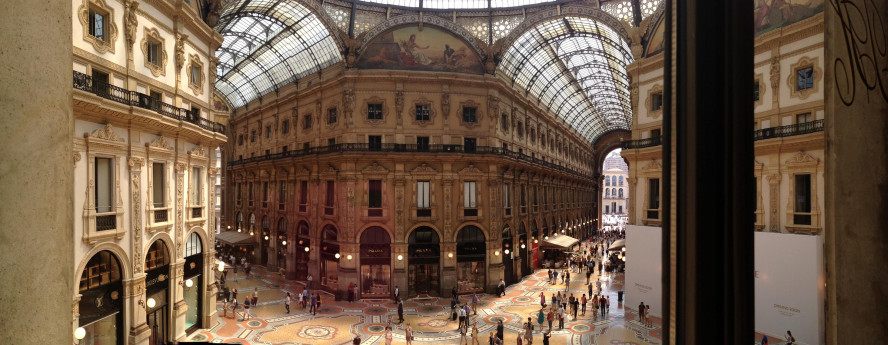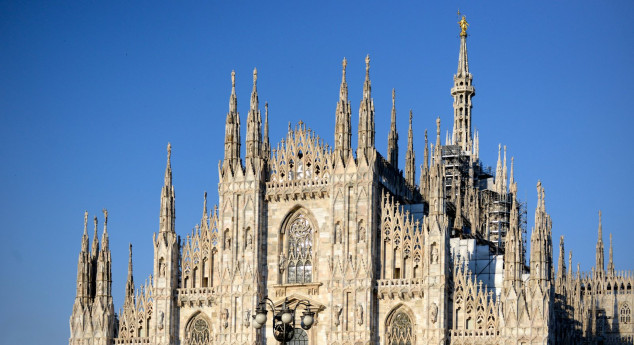- Active & Green
- Navigli
- Art & Culture
Cernusco sul Naviglio
History, interesting facts and attractions of this green city, on the shores of the Martesana
Only a few kilometres away from the hectic city of Milano. Here are the green trees, with a number of parks, gardens and the Naviglio Martesana at its heart.
Cernusco is crossed from East to West by the Martesana, also known as Naviglio Piccolo. A symbol of this area bearing its name, the Naviglio della Martesana is the canal that for centuries was the bearing axis of the economy for the entire area. Built at the end of the 15th century with the contribution of Leonardo da Vinci, the Naviglio Martesano originates from the Adda river and represents a priceless piece of history from an environmental and cultural point of view.
Until the middle of the XIX century, the town was named Cernusco Asinario, when, in 1985, the President of the Republic, due to its importance, gave Cernusco sul Naviglio the title of city. Its history and economic development are historically tied to the manufacturing of silk, with the spinning mill of Piazza Gavazzi. Now there are a number of monuments and places that celebrate this industry. This is easy to see taking just a simple walk through the beautiful historical centre, one of the first to be made pedestrian in the inland of Milano during the 1980s.
For example, in Piazza della Repubblica, with the sculpture by Nado Canuti representing the transformation of the silkworm into a cocoon and then a chrysalis. In Piazza Matteotti, a lively meeting place for the locals and visitors, near the fountain is a large mulberry tree, whose fruit is the favourite food of silkworms.
The walk continues through the large Piazza Unità d’Italia. Capturing immediate attention is Villa Greppi - and its gardens - recently restored and now council offices. Near the centre of the piazza is the Tuba Mirum, a sculpture by Arman, an important master of French nouveau réalisme.
Just behind the pedestrian area and along the Naviglio, is the Santuario di Santa Maria Addolorata, first documented in the IX century, the radically modified beginning in 1642. In 1998, the new bronze portal was built and the altar was substituted. Another interesting religious building is the Chiesa di Santa Maria Assunta, with its long history and consecrated on 17 July 1932 by the Cardinal Archbishop Ildefonso Schuster.
As mentioned above, Cernusco is also stunning for the nature in its parks, perfect for runners and sports enthusiasts of all kinds. The most recent? The large and beautiful Parco dei Germani. With its large green spaces, Cernusco is the perfect place for doing outdoor sports and it is crossed by over 70 km of cycle paths. This vocation for sports and the large number of facilities and associations in the area, made Cernusco sul Naviglio the European City of Sport 2020, recognised by Aces Europe, and assigned in December 2019 by the European Parliament in Brussels.
But Cernusco is also known for the elegance of its historical buildings and villas. In addition to the previously cited Villa Biancani Greppi, the council offices and the best place to find out more about Cernusco’s long history, of particular importance is Villa Alari Visconti, commissioned to the architect, Giovanni Ruggeri by Giacinto Alari in the 18th century. A splendid Rococo style villa, with its English garden and its paths, it quickly became popular in the Milano area, so much so that the Archduke, Ferdinando d’Asburgo, the son of the empress Maria Teresa, asked to rent it. It was his summer house, together with his consort Maria Beatrice d’Este. The last family to own it were the Visconti Saliceto, and since 2007 it has been a public property. There is also Villa Uboldo - the hospital - which, with its verdant English garden, now a public park, has a romantic feel to it.
These Ville di Delizia and their parks are perfect for guided tours, the ideal destination for a day out discovering all the treasures “outside Milano” and fascinating places for holding cultural and musical events organised throughout the year.
What is Cernusco sul Naviglio’s local speciality? The raviggiolo, a sort of ravioli made with buckwheat. It is topped with butter and escargot and is stuffed with sage, fresh cream, crème fraîche, dandelion, plantain, chicory and a bit of chilli pepper.
There is a lot more to share about Cernusco sul Naviglio, a small world that attracts visitors with its elegance, be they casual visitors or those who run into it, maybe while out enjoying the cycle and foot paths. It is also an ideal place for shopping in the town centre - there are over 100 shops - or to go for a nice drink.
-




